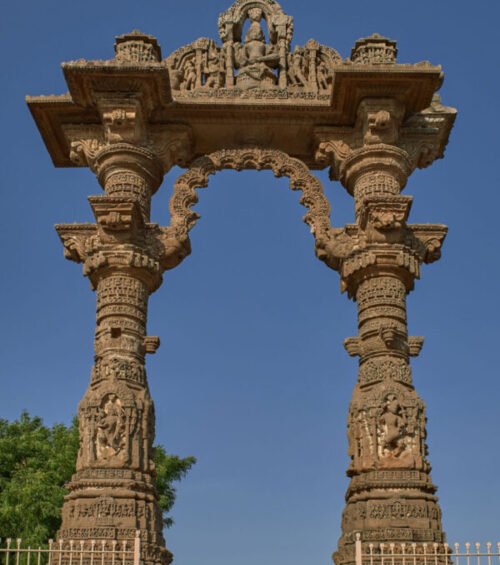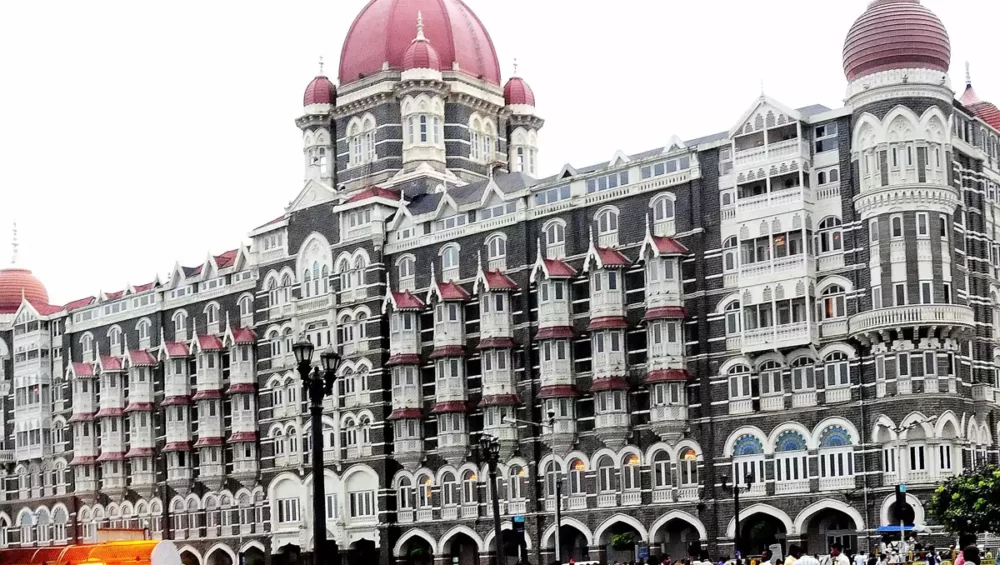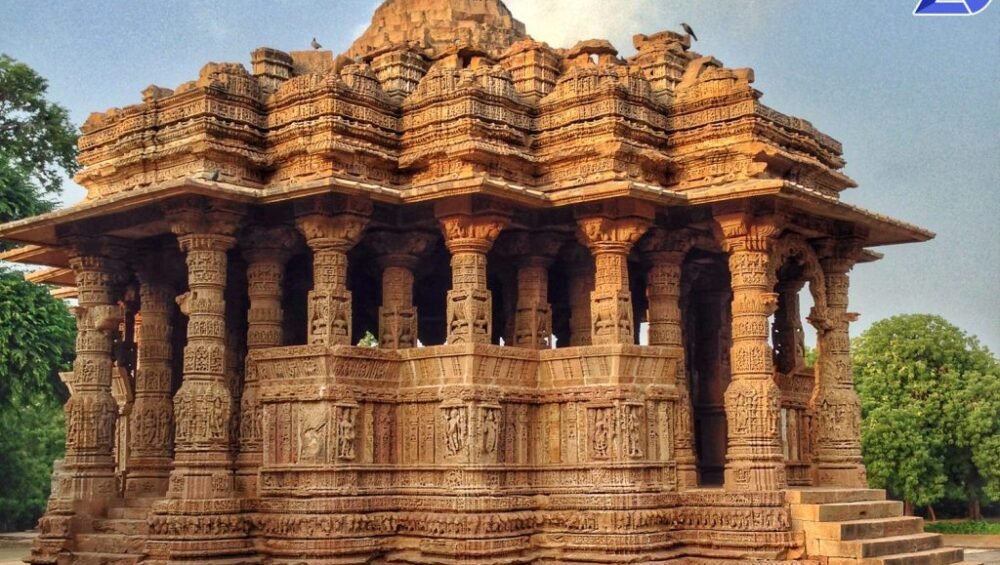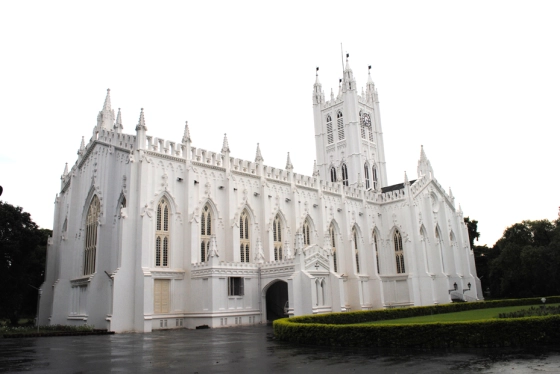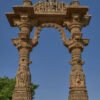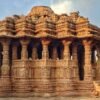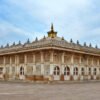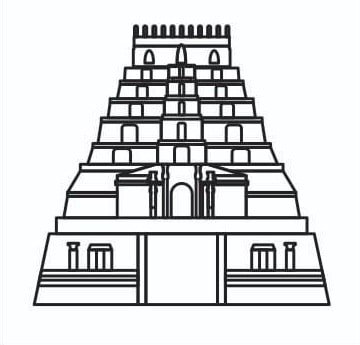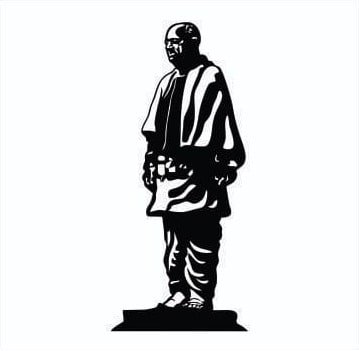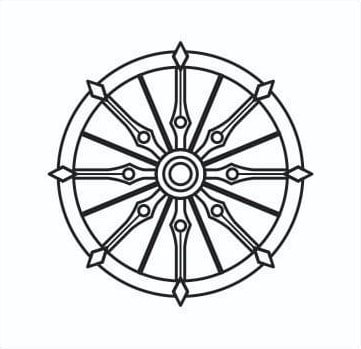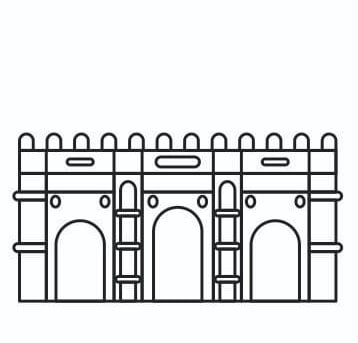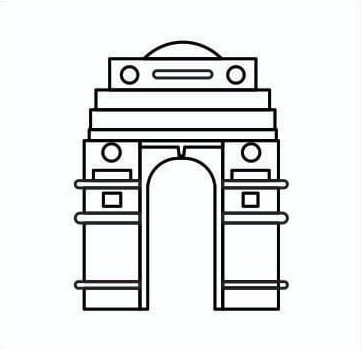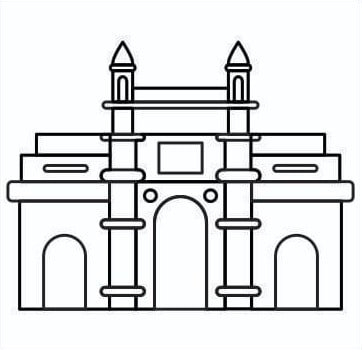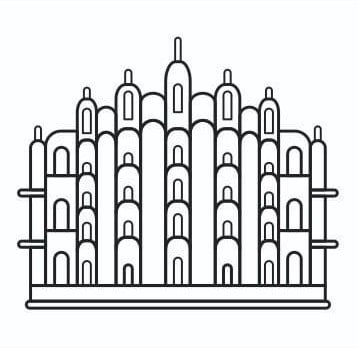Monument – Sun Temple, Modhera
Built by – Bhima I of the Chalukya Dynasty
Built in – 11th Century
“One of the most exquisitely-sculpted temples in India, the Sun Temple in Modhera Gujarat, is a prominent shrine dedicated to Hindu Sun God. Even though no worship is offered here anymore, Modhera holds a special place in the history and culture of Gujarat.
Legend says that after the legendary battle with Ravana, Lord Rama and Sita stopped here on their way back to Ayodhya. Here, Rama conducted a yajna to cleanse himself of the sin of killing a Brahmin, namely Ravana. The yajna was performed by a local Brahmin who belonged to the Modh community, and from there, the name Modhera was born. So goes the legend.
The Modhera Sun temple also mentions the old texts of Skanda Purana and Brahma Purana. They refer to Modhera and its surrounding forests as the forest of Dharmaranya or the forest of righteousness.
The Modhera Sun Temple, Gujarat, is one of the state’s main attractions. It falls on the Tropic of Cancer (23.5836° N, 72.1401° E). It is situated in the village of Modhera. The sun temple boasts a rich culture unique to it. It was named one of the UNESCO World Heritage sites in 2014.
Speculation has been rife as to who built the sun temple. But nearly all evidence points to Bhīma I of the Chalukyas dynasty. The year was 1024 AD when Mahmud Ghazni invaded the kingdom ruled by Bhīma I. It became an unfortunate event for the invaders as Bhīma emerged victoriously. So it is said that the temple was constructed to celebrate this victory.
The temple was constructed during the 11th century. Nearly a sister, the Konark Sun temple was only built much later, in the 13th century.
Built in the Chaulukya or Maru Gurjara style, the Modhera Sun Temple is a treat to the eye of the beholder. One of its kind, the sun temple is a tribute to Surya Dev. Abound with exotic carvings and numerous pillars; it tells the tale of an architectural style way ahead of its time.
Apart from the figures of God Surya, the temple has depictions of Gods and Goddesses like Shiva, Vishnu, Brahma, and Naga. Beautiful carvings of not only the deities but also of flora and fauna are seen on the walls radiating with the passion of those who sacrificed their days and nights in constructing this marvel.
It has quite evidently survived the ravages of time, unlike the many significant structures and buildings of our past whose rubble is no longer to be seen. Most importantly, the temple withstood earthquakes and attacks by plunderers for centuries. The secret lies in its ingenious design and engineering. ”
Photo Courtesy – awaradiaries.com
